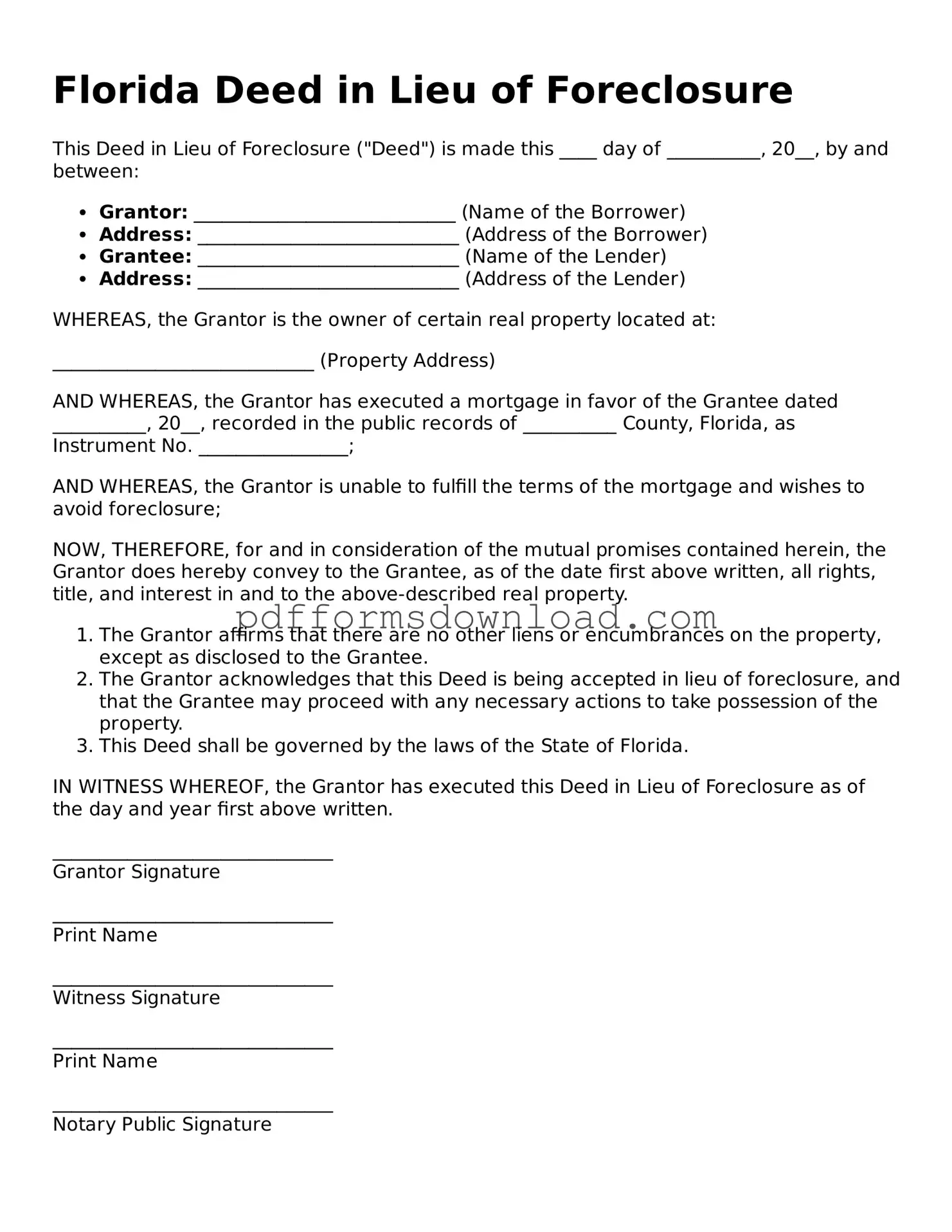What is a Deed in Lieu of Foreclosure?
A Deed in Lieu of Foreclosure is a legal document that allows a homeowner to transfer ownership of their property back to the lender to avoid the foreclosure process. This option is often considered when a homeowner can no longer afford their mortgage payments and wants to minimize the impact on their credit score. By voluntarily giving up the property, the homeowner may be able to avoid the lengthy and costly foreclosure proceedings.
What are the benefits of choosing a Deed in Lieu of Foreclosure?
There are several advantages to opting for a Deed in Lieu of Foreclosure. First, it can help homeowners avoid the negative consequences of a foreclosure on their credit report. Typically, a Deed in Lieu may have a less severe impact on credit scores compared to a foreclosure. Additionally, the process is generally quicker and less expensive than going through foreclosure. Homeowners may also have the opportunity to negotiate with the lender for a potential waiver of any deficiency balance, meaning they won’t owe any remaining debt after the property is transferred.
What are the requirements to qualify for a Deed in Lieu of Foreclosure?
To qualify for a Deed in Lieu of Foreclosure, homeowners must typically demonstrate financial hardship and provide documentation of their inability to continue making mortgage payments. Lenders often require a complete financial disclosure, including income, expenses, and any other debts. Homeowners should also be current on their mortgage payments or at least not more than one or two payments behind. Each lender may have its own specific criteria, so it's essential to communicate directly with the lender to understand their requirements.
How does the process of executing a Deed in Lieu of Foreclosure work?
The process begins with the homeowner contacting their lender to express interest in a Deed in Lieu of Foreclosure. After the lender reviews the homeowner's financial situation, they may approve the request. Once approved, both parties will need to sign the Deed in Lieu document, which officially transfers ownership of the property to the lender. After the signing, the lender will typically record the deed with the county clerk’s office. It’s important for homeowners to seek legal advice throughout this process to ensure they understand their rights and obligations.
